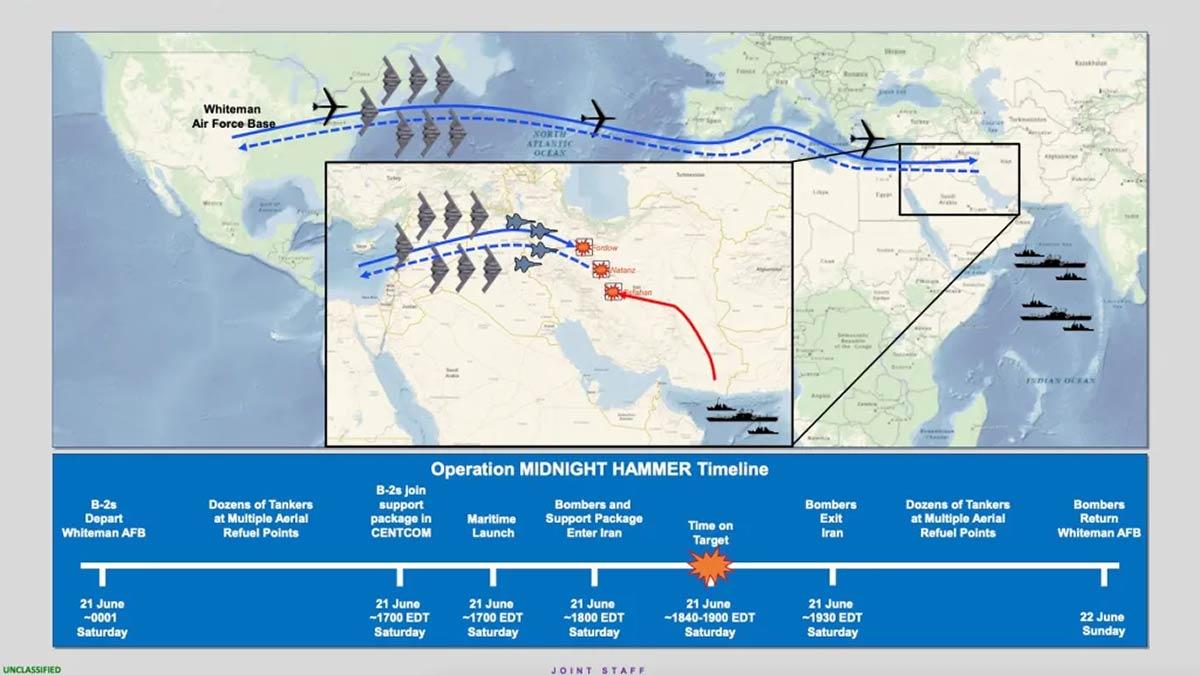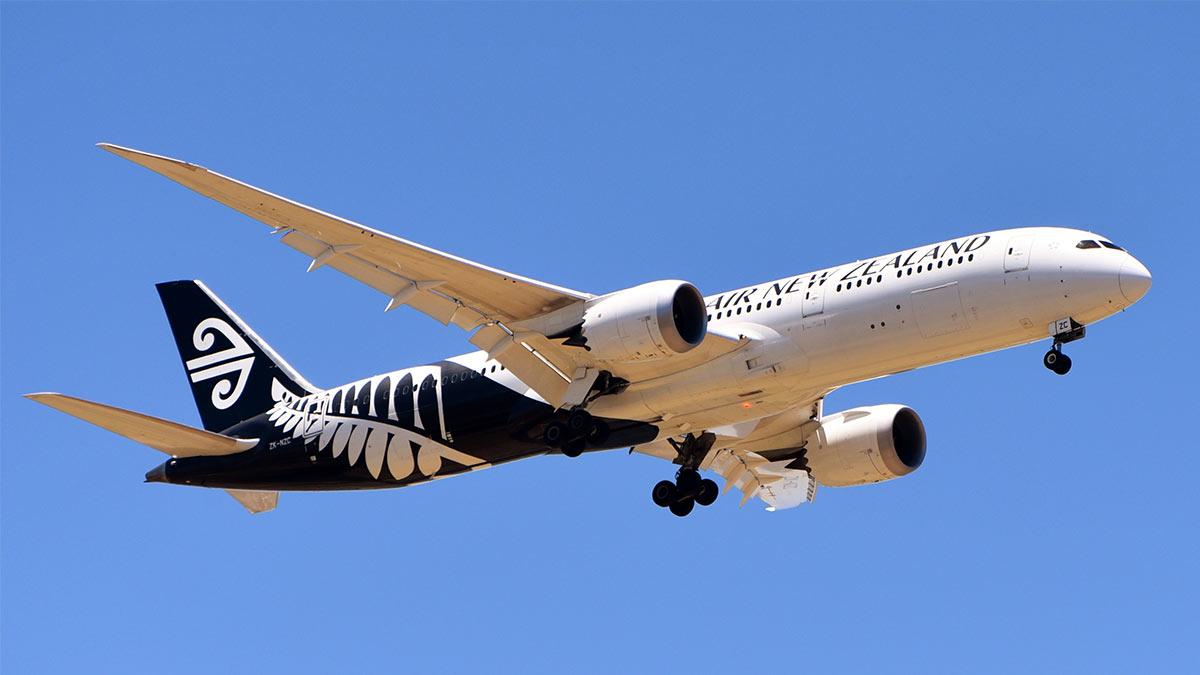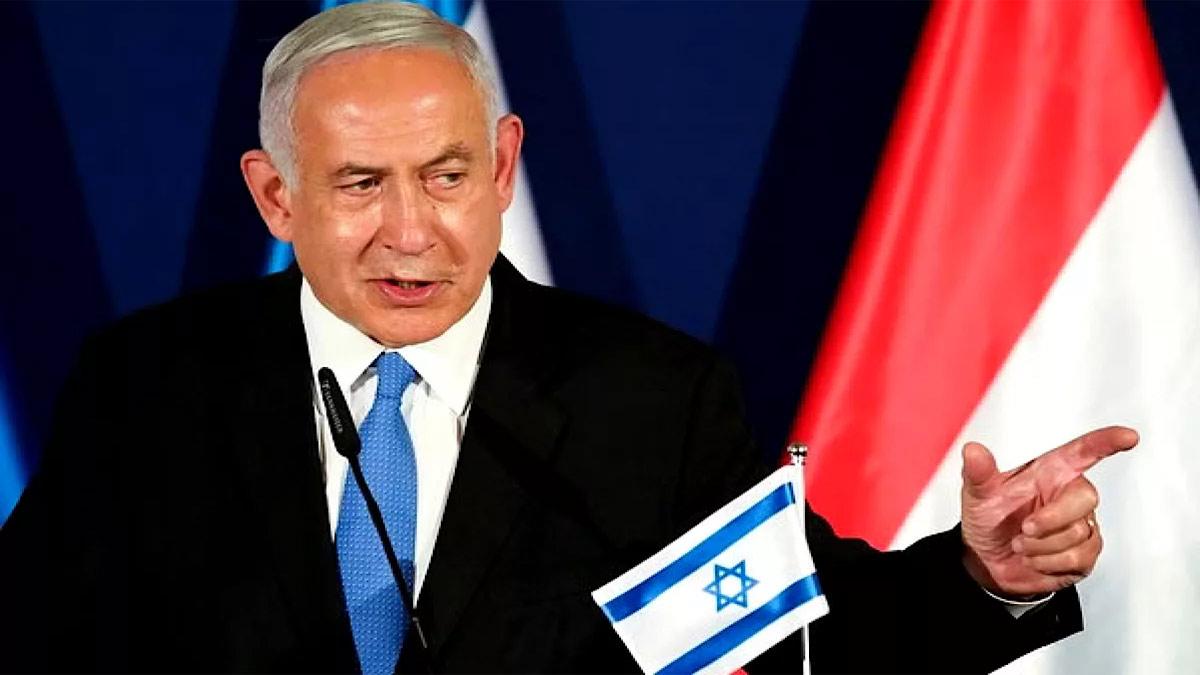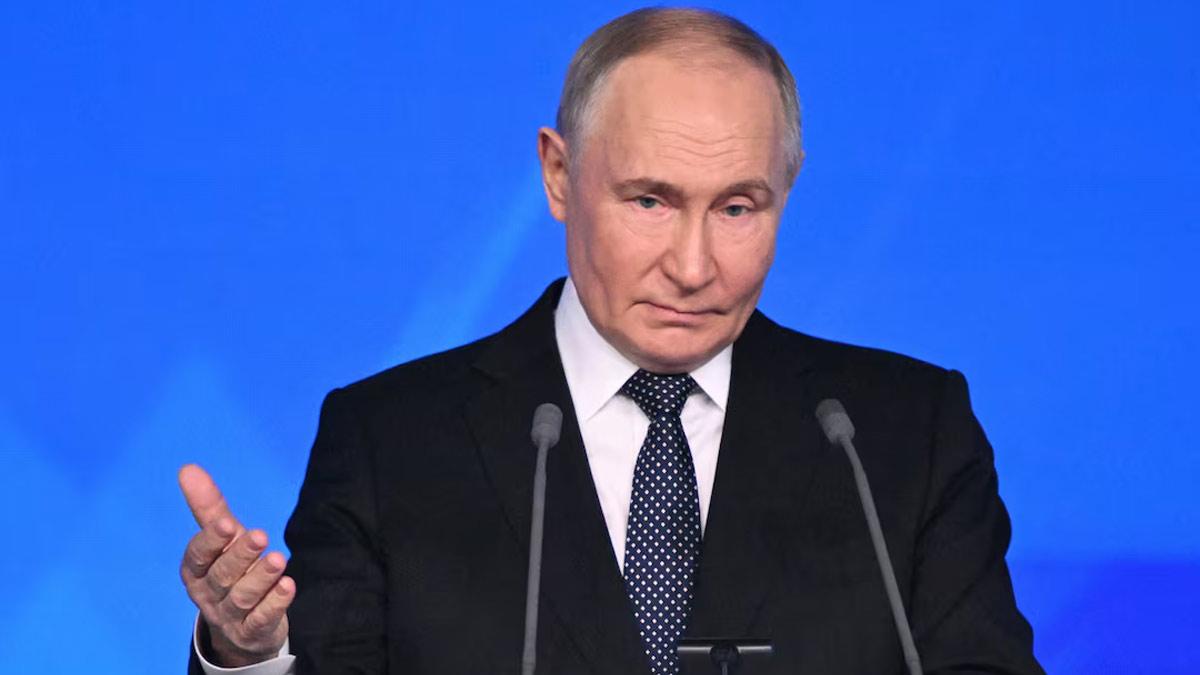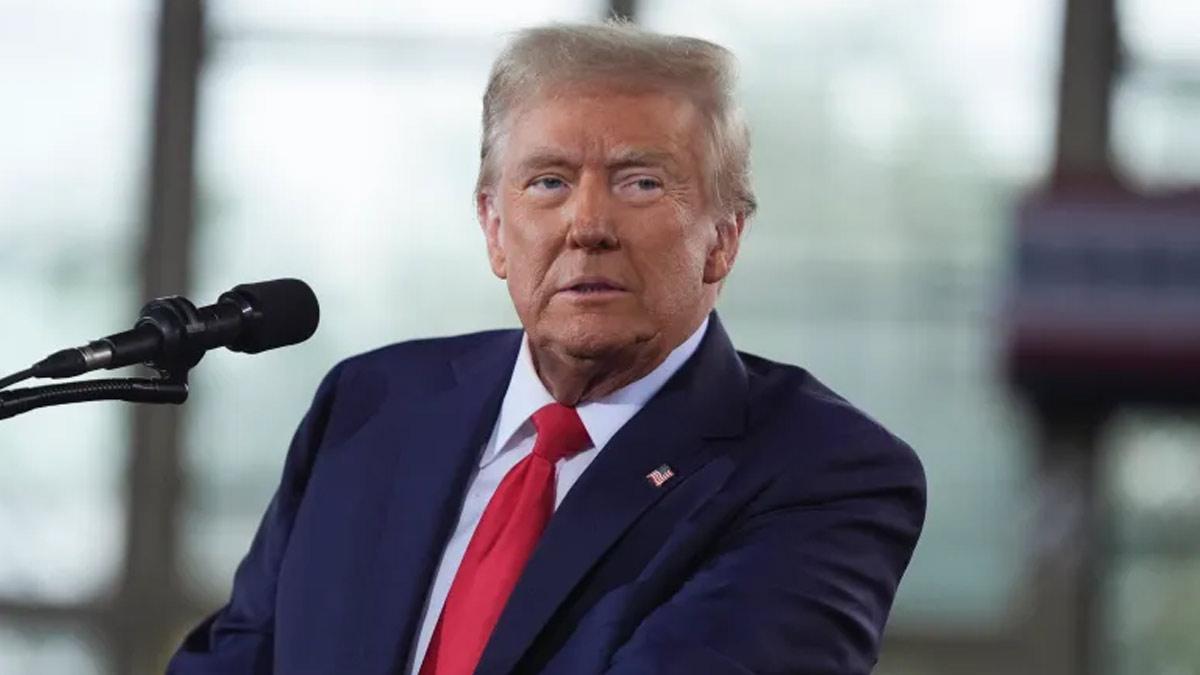A fleet of B-2 stealth bomber aircraft left their base in Missouri and seemed to be bound for Guam, a move that intelligence experts suggested could signal preparations for an American attack on Iran.
But this public deployment was a strategic ruse. The real strike force—a distinct armada of seven B-2 bombers—flew secretly east, staying under the radar for an 18-hour mission.
In accordance with information released by the U.S. military on Sunday, the bombers were nearly in radio silence and were refueled airborne during the mission.
As the stealth plane entered Iranian airspace, a U.S. submarine fired over two dozen Tomahawk cruise missiles to supplement the air raid. In the meantime, American fighter aircraft played the role of a decoy, leading the flight to identify and shut down any possible Iranian air defense.
The simultaneous strike, aimed against Iran's three biggest nuclear plants, represented the largest combat deployment of B-2 bombers up to that point in history. It was the second-longest B-2 mission in United States history, only surpassed by the missions undertaken following the September 11, 2001 terrorist attacks.
Throughout the mission, the B-2s released 14 GBU-57 Massive Ordnance Penetrators—30,000-pound bunker-busting bombs. The Pentagon had confirmed that more than 125 American military planes participated in the operation, dubbed Midnight Hammer.
Tactically, the mission was a success for the U.S. military. General Dan Caine, Joint Chiefs of Staff Chairman, informed the media on Sunday that Iran was not at all prepared for the attack.
"Iran's pilots didn't take to the air, and it seems that Iran's surface-to-air missiles didn't detect us during the mission," Caine said. "We maintained the surprise."
Initial damage assessments indicated the sites attacked experienced catastrophic damage. Though Caine declined to confirm Iran's nuclear program had been completely eliminated, he recognized the effect of the strikes.
U.S. Defense Secretary Pete Hegseth had more bullish confidence in the outcome:
"It was evident we decimated the Iranian nuclear program," he said during the Pentagon briefing alongside Caine.
The operation had been closely guarded. Caine said Midnight Hammer was "highly classified, with very few people in Washington knowing the timing or nature of the plan." Most of the top officials only learned late Saturday, when President Donald Trump announced the operation in his first social media message on the strike.
Hegseth said months of preparation had preceded making the military ready in case the president gave the order. The detailed plan to execute the attack, however, materialized within weeks, Caine said.
The future in the region is unclear. Countries in the Gulf that host U.S. troops were put on high alert Sunday as fears of escalation grew.
In order to protect its troops, the US military has spread assets around the Middle East and bolstered security at bases that hold American troops.
Hegseth emphasized that while US troops are prepared to defend themselves and retaliate against any Iranian attack, the administration does not wish for a wider war. He further stated that backchannel communications had been delivered to Iran, encouraging interaction through diplomacy.
Even so, President Trump has indicated that the U.S. will act more strongly if pushed.
"Iran would be wise to listen to those words," Hegseth warned. "He warned them before, and he means it."
Read also| Watch| Israel Strikes Iranian Airfields, Destroys F-14 Jet and Missile Depots
Read also| Government Refutes Claims That US Aircraft Used Indian Airspace for Strikes in Iran

